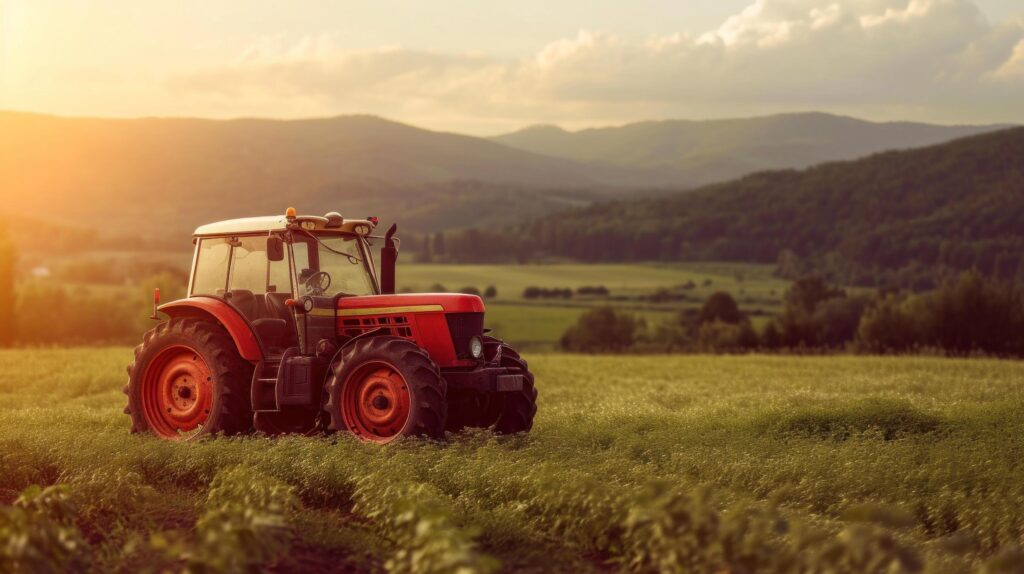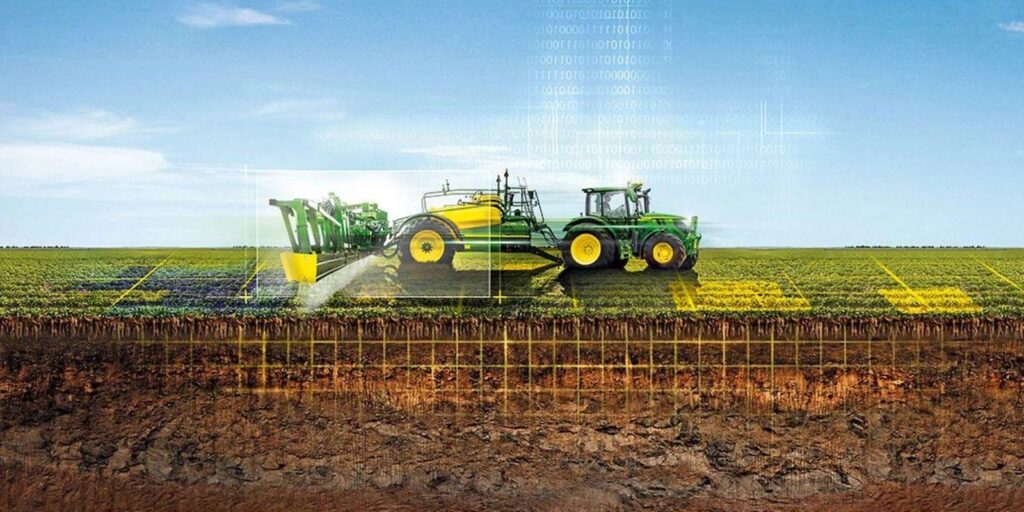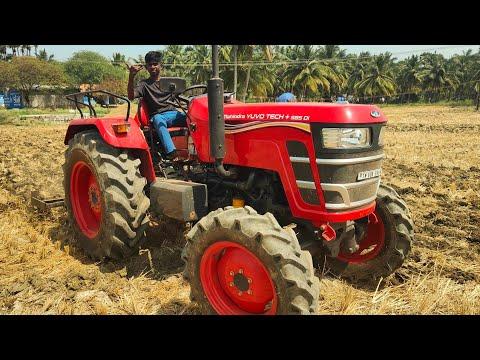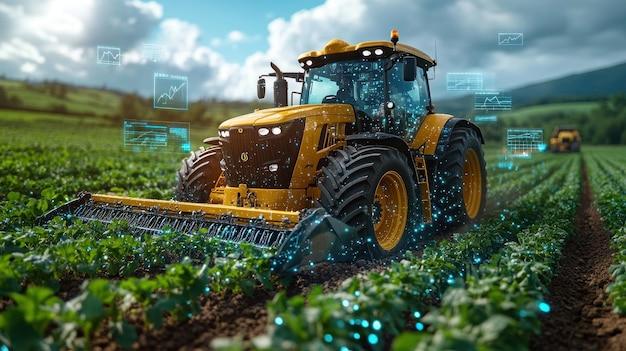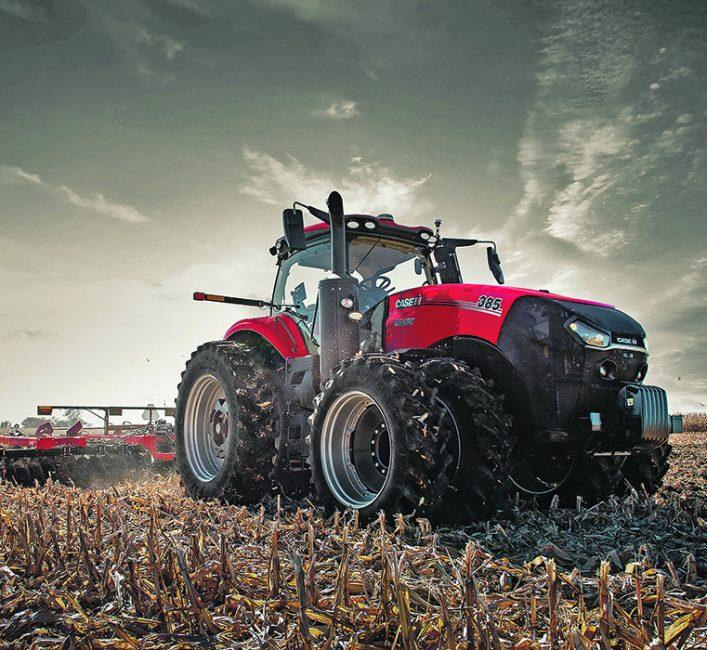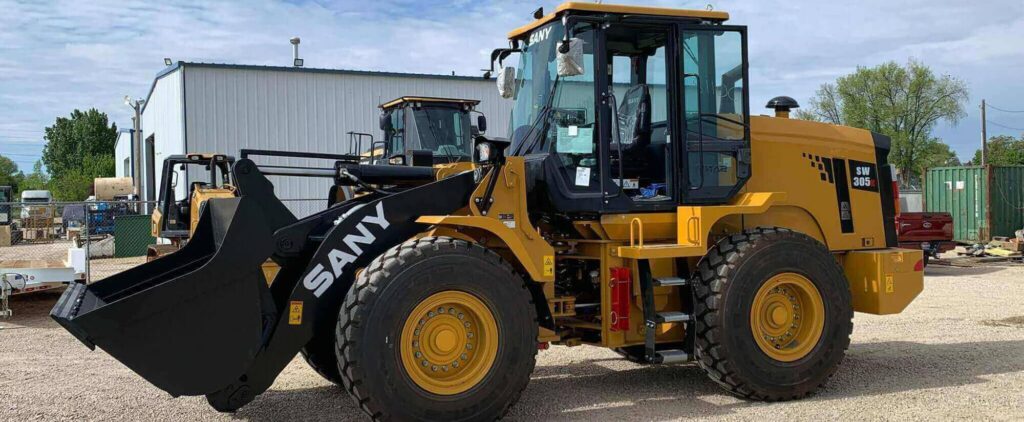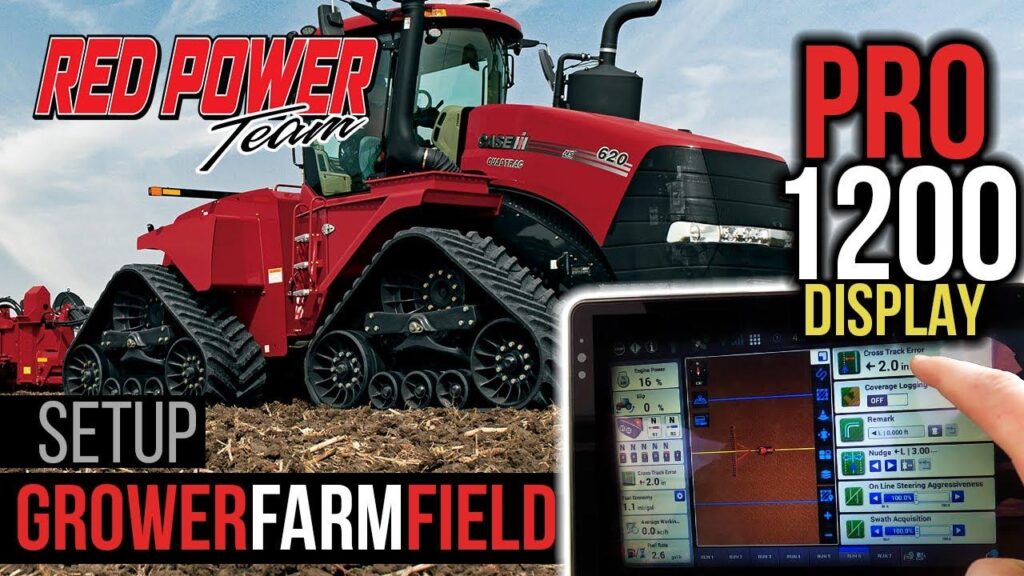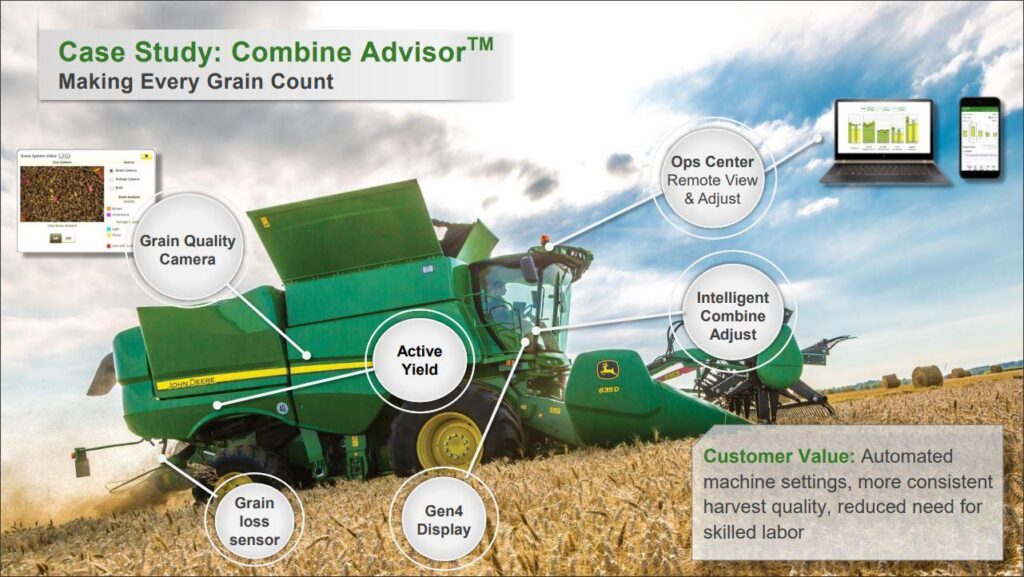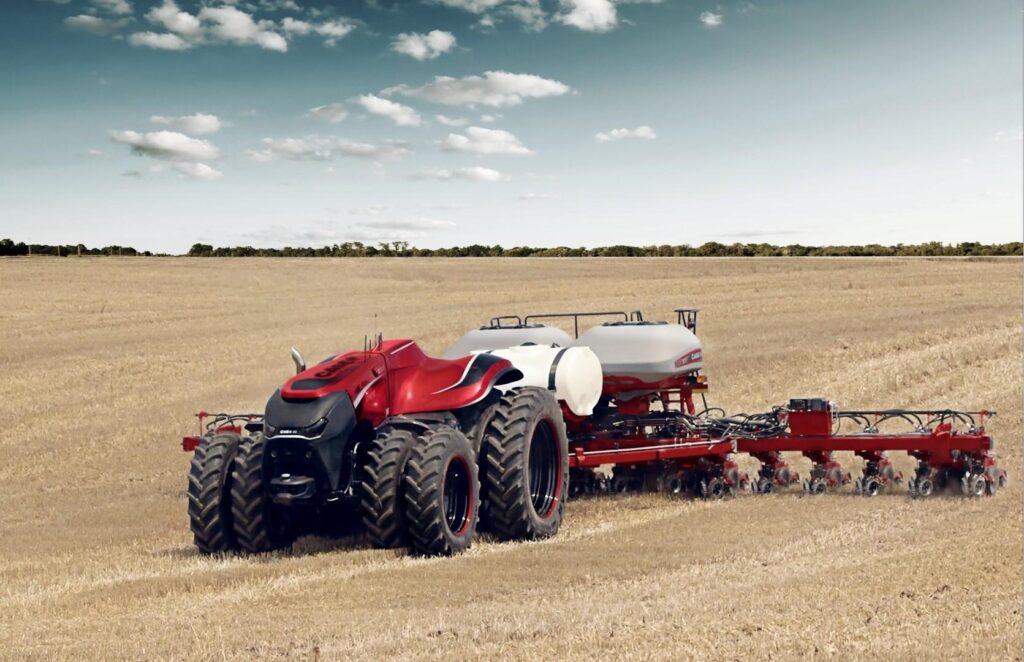The evolution of tractor technology has fundamentally reshaped agriculture over the past century, transforming farming from a labor-intensive endeavor into a highly mechanized industry. From the first steam-powered engines that replaced horse-drawn plows to today’s GPS-guided autonomous vehicles equipped with precision farming capabilities,tractors have consistently pushed the boundaries of agricultural efficiency. This technological progression has not only increased productivity and reduced physical labor but has also revolutionized how farmers approach their daily operations and long-term planning.The agricultural landscape has undergone remarkable transformations since the days of horse-drawn plows. Early steam-powered tractors, introduced in the late 1800s, marked the first significant technological leap in farming machinery. These massive, coal-fired behemoths required multiple operators and proved cumbersome but demonstrated the potential for mechanized farming.
The 1920s witnessed the rise of gasoline-powered tractors, revolutionizing agricultural efficiency. Farmers could now accomplish in hours what previously took days. The Fordson Model F became especially popular, offering affordability and reliability to small-scale farmers.This period also saw the implementation of power take-off (PTO) systems, allowing tractors to drive other machinery through a rotating shaft.Hydraulic systems emerged in the 1940s, enabling farmers to lift and lower implements with unprecedented ease. This innovation, combined with three-point hitches, transformed how implements attached to tractors, significantly improving maneuverability and versatility. Diesel engines also gained prominence during this era,offering superior fuel efficiency and torque.
the 1960s and 1970s brought enclosed cabs with heating and air conditioning, protecting operators from harsh weather conditions and reducing fatigue. Four-wheel drive systems became standard, providing better traction and the ability to work in challenging terrain. Refined transmission systems offered more gear options, optimizing power delivery for various tasks.
GPS guidance systems emerged in the 1990s, ushering in precision agriculture. Farmers could now plant, spray, and harvest with centimeter-level accuracy, reducing overlap and improving resource utilization. Auto-steering capabilities allowed operators to focus on implement performance while maintaining straight lines across fields.
Modern tractors incorporate artificial intelligence and Internet of Things (IoT) technology. Real-time data collection monitors everything from engine performance to soil conditions. Variable-rate technology enables precise submission of seeds, fertilizers, and pesticides based on field mapping and soil analysis. Telematics systems allow remote monitoring and diagnostics, minimizing downtime and maintenance costs.
Electric and autonomous tractors represent the latest frontier. Companies are developing battery-powered models that promise zero emissions and lower operating costs. Autonomous systems can work around the clock, following pre-programmed patterns while avoiding obstacles. Some models operate without a cab, controlled remotely or through automated systems.
Implement technology has evolved alongside tractors. Smart attachments now communicate with the tractor’s computer systems, adjusting operations based on real-time conditions. Sensors monitor crop health, soil moisture, and nutrient levels, enabling precise management decisions. This integration of hardware and software creates a extensive farming system that optimizes productivity while minimizing environmental impact.
These technological advances have transformed farming from an labor-intensive endeavor into a highly efficient, data-driven industry. Each innovation builds upon previous developments,creating increasingly sophisticated tools for agricultural production.

